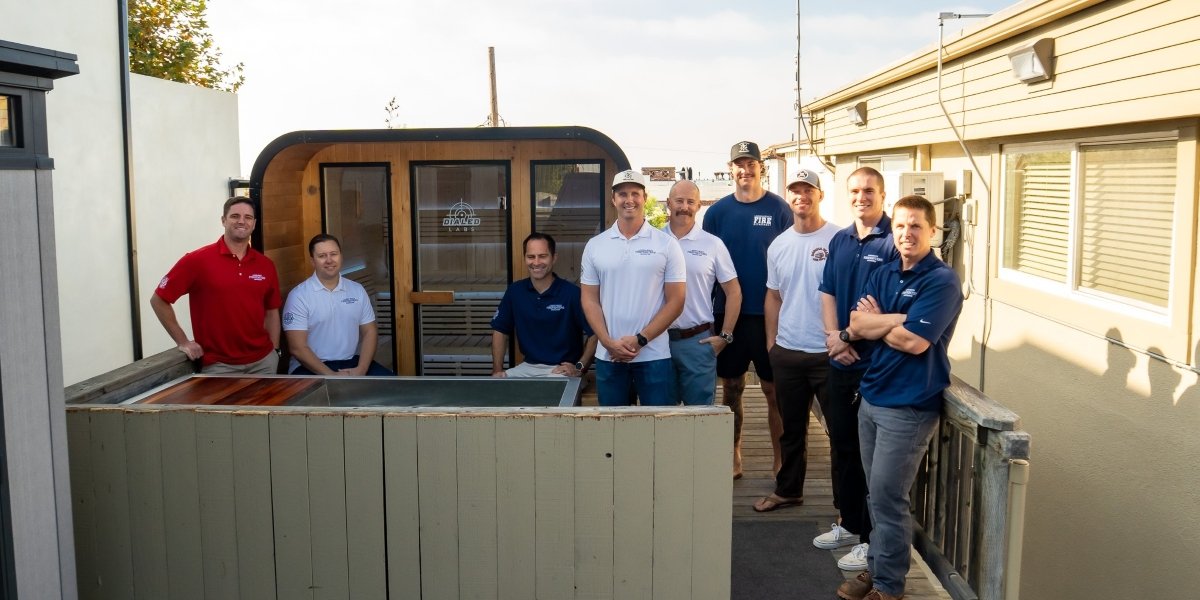In recent years, the focus on recovery and mobility has become a key component of fitness routines for athletes, fitness enthusiasts, and even casual exercisers. While working out and staying active are important, many people are now recognizing that how the body recovers and maintains mobility is just as critical to long-term fitness and health. The emphasis has shifted from purely strength and endurance to ensuring that the body remains flexible, pain-free, and capable of functioning at its best.
One of the main reasons for this shift is the increasing awareness of injury prevention. Many injuries, whether they are related to sports or daily activities, stem from muscle imbalances, poor posture, or lack of mobility. By incorporating recovery techniques into their routine, individuals can reduce muscle stiffness, improve range of motion, and correct imbalances that might otherwise lead to injury. As a result, people are becoming more proactive in addressing potential issues before they become serious problems.
Recovery also plays a crucial role in enhancing performance. Whether someone is training for a marathon or simply trying to stay fit, the body needs time to heal and recover from the stresses of exercise. When muscles are properly stretched and massaged, it reduces soreness, improves circulation, and accelerates the healing process. This means that recovery techniques help individuals feel better faster, allowing them to maintain a consistent training schedule without overstraining their muscles.
How Do Foam Rolling and Massage Guns Help with Recovery?
Among the most popular tools for recovery are foam rollers and massage guns, both of which have gained significant attention for their effectiveness in releasing muscle tension and promoting relaxation. Foam rolling, often referred to as self-myofascial release, involves using a foam cylinder to apply pressure to tight areas of the body. By slowly rolling over muscles and holding pressure on trigger points, foam rolling helps release tension and improves flexibility.
One of the primary benefits of foam rolling is that it targets the fascia, a thin layer of connective tissue that surrounds muscles. When this tissue becomes tight or inflamed due to overuse or injury, it can restrict movement and cause discomfort. Foam rolling works by breaking up adhesions or “knots” in the fascia, allowing muscles to move more freely and reducing pain. People who incorporate foam rolling into their recovery routine often find that it helps with muscle soreness, reduces stiffness, and improves overall flexibility.
Another widely used tool is the massage gun, a handheld device that delivers rapid, targeted percussive therapy to specific muscle areas. Massage guns work by sending pulses of pressure into the muscle tissue, promoting blood flow and relieving muscle tightness. These devices are particularly helpful for reaching deeper muscle layers that may not be easily accessible with foam rolling. Users often find that massage guns are convenient for targeting hard-to-reach areas like the back or hamstrings, providing relief from soreness and speeding up recovery time.
Massage guns are popular among athletes and fitness enthusiasts because of their ease of use and ability to provide a professional-level massage at home. Regular use of a massage gun can help reduce inflammation, improve circulation, and enhance muscle recovery. Whether used as part of a warm-up or post-workout routine, both foam rollers and massage guns are valuable tools for maintaining muscle health and preventing injury.
What Role Does Yoga Play in Flexibility and Mobility Training?
While tools like foam rollers and massage guns focus on muscle recovery, yoga is one of the most effective practices for improving flexibility and mobility. Yoga incorporates stretching, controlled breathing, and mindful movements that work together to enhance the body’s range of motion. It is particularly beneficial for people looking to improve mobility in areas that may become stiff due to prolonged sitting or repetitive movements, such as the hips, shoulders, and lower back.
One of the main benefits of yoga is that it encourages active stretching, which not only lengthens tight muscles but also strengthens them at the same time. Poses like Downward Dog, Warrior II, and Child’s Pose focus on stretching large muscle groups, increasing flexibility, and relieving tension in key areas of the body. Over time, practicing yoga can help reduce stiffness, increase flexibility, and promote better alignment and posture.
In addition to its physical benefits, yoga also promotes mind-body awareness, which plays an important role in mobility training. By focusing on proper alignment and controlled movements, yoga teaches individuals to be more in tune with their bodies, helping them identify areas of tightness or imbalance. This increased awareness can prevent injuries and improve overall movement patterns both in workouts and daily life.
Another important aspect of yoga is its ability to help relieve stress and promote relaxation. Stress often leads to muscle tension and stiffness, especially in areas like the neck and shoulders. By combining physical movement with mindful breathing, yoga helps release both physical and mental tension, leaving individuals feeling more relaxed and centered. This combination of physical mobility and stress relief makes yoga an invaluable tool for recovery and long-term wellness.
The growing focus on recovery and mobility training highlights the importance of maintaining a balanced fitness routine that addresses not only strength and endurance but also flexibility and recovery. Whether through foam rolling, massage guns, or yoga, people are finding ways to enhance their performance, prevent injuries, and promote overall well-being. By incorporating these recovery techniques into their daily routine, individuals can enjoy greater mobility, less pain, and a stronger, healthier body.








